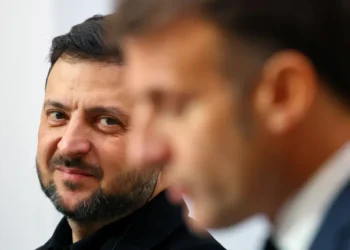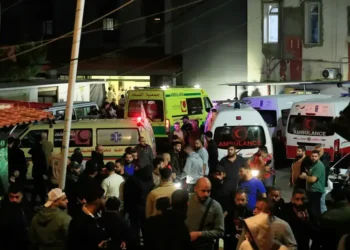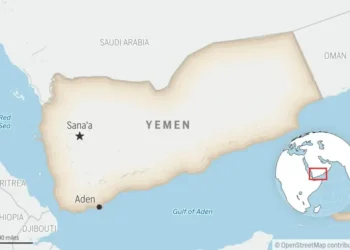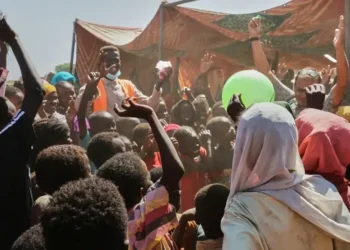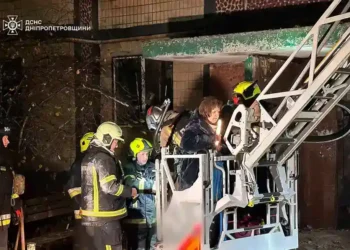Ceasefire With Conditions: How U.S. Pressure and Diplomacy Paused the Iran-Israel Clash
A senior White House official says Israel agreed to a ceasefire only after Iran committed to halting its attacks—marking a tense but potentially pivotal pause in a crisis that had been edging dangerously close to full-scale war.
The agreement, confirmed to CNN by the White House, followed days of back-channel diplomacy, military brinkmanship, and high-stakes phone calls among world leaders. Iran, for its part, agreed to Israel’s condition of ending its strikes—a demand backed by quiet but forceful American pressure.
U.S. Strikes Set the Stage
The turning point came Saturday, when U.S. forces launched coordinated strikes on three Iranian nuclear facilities. The Biden administration argues those strikes were decisive, tipping the balance in negotiations by demonstrating that Washington was prepared to escalate if diplomacy failed. While no nuclear material is believed to have been released, the action sent a clear message to Tehran: the U.S. was willing to act.
According to the White House, the military move helped bring Iran to the table and set the groundwork for a ceasefire. The strikes, officials said, were calibrated to limit civilian casualties while targeting infrastructure central to Iran’s nuclear ambitions.
High-Level Diplomacy, Quiet Channels
President Donald Trump was deeply involved in brokering the deal, directly communicating with Israeli Prime Minister Benjamin Netanyahu during negotiations. Simultaneously, a senior U.S. team—Vice President JD Vance, Secretary of State and National Security Adviser Marco Rubio, and Special Envoy Steve Witkoff—worked both openly and behind the scenes to engage Iranian counterparts.
Negotiations moved through a mix of formal diplomatic channels and indirect communications, some facilitated by regional partners. One of the most critical intermediaries was Qatar.
Qatar’s Pivotal Role
Qatar’s Emir, Sheikh Tamim bin Hamad Al Thani, played a key role as a mediator. President Trump personally thanked the Emir in a phone call earlier Monday, underscoring the importance of Doha’s quiet diplomacy. Qatar has long positioned itself as a bridge between the West and Iran, often stepping in to de-escalate when direct dialogue breaks down.
This time, Qatari efforts were instrumental in creating space for both Iran and Israel to walk back from the brink without appearing to capitulate publicly.
A Fragile Pause
While the ceasefire marks a welcome de-escalation, officials on all sides are warning that it remains fragile. Trust is thin, and the potential for misunderstandings or provocations to reignite conflict remains high.
President Trump, after a brief return to the White House residence Monday evening, was seen back in the West Wing later that night, where a Marine stood sentinel—a signal that the president was actively working. A senior official said he continued making calls related to the situation but was not expected to make any further public statements that evening.
Context: A Conflict Years in the Making
Tensions between Israel and Iran are hardly new. The two countries have long been engaged in a shadow war involving cyberattacks, proxy conflicts, and occasional direct strikes. However, the past week saw a sharp escalation, with Iranian missiles targeting Israeli territory and Israel responding forcefully.
The U.S., traditionally Israel’s strongest ally, has often walked a fine line—supporting Israeli security while also trying to prevent a broader regional war. This latest flare-up tested that balance, and Washington’s ability to de-escalate may shape its regional credibility for years to come.
For now, the guns have quieted. But the road to any lasting peace remains long—and filled with uncertainty.
This article was rewritten by JournosNews.com based on verified reporting from trusted sources. The content has been independently reviewed, fact-checked, and edited for accuracy, neutrality, tone, and global readability in accordance with Google News and AdSense standards.
All opinions, quotes, or statements from contributors, experts, or sourced organizations do not necessarily reflect the views of JournosNews.com. JournosNews.com maintains full editorial independence from any external funders, sponsors, or organizations.
Stay informed with JournosNews.com — your trusted source for verified global reporting and in-depth analysis. Follow us on Google News, BlueSky, and X for real-time updates.


